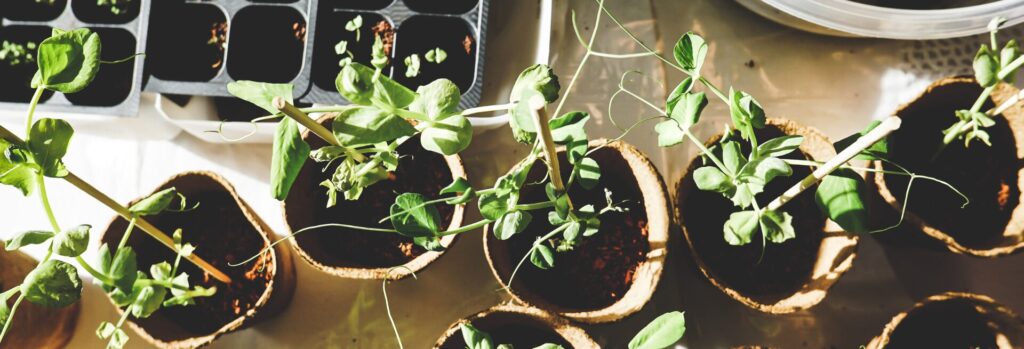The Role of Brain-Implanted Chips in the Future
Will brain-implanted chips be a norm in the future? In this article we explore the development of...

Research is continually unveiling the astonishing complexity of plant interactions, particularly the secret language of plants. In fact, research indicates a sophisticated chemical language. When under the siege of pests, plants send out chemical SOS messages. This alarm, while invisible and inaudible to us, is a clarion call for neighboring plants. Reacting swiftly, these plants ramp up their defense mechanisms, bracing themselves for the impending onslaught (Baldwin, I. T., & Schultz, J. C., 1983).
Delving into this fascinating realm of botanical communication, scientists are discovering that these chemical exchanges are more nuanced than previously believed. Rather than mere distress calls, plants seem to have a variety of “conversations” with their environment and with each other, sharing information about potential threats, environmental conditions, and even their nutritional status (Dicke, M., & Bruin, J., 2001). This sophisticated secret language showcases the incredible adaptability and interconnectedness of nature, challenging our traditional perceptions of plant behavior.
The implications of these findings are profound, especially in the context of sustainable agriculture and ecosystem management. By understanding and harnessing this chemical language, we could potentially develop crops that are more resilient to pests, reducing the need for chemical pesticides. Additionally, understanding these signals could lead to more effective conservation efforts, as we could more accurately assess the health and needs of natural ecosystems (Heil, M., & Karban, R., 2010).

Furthermore, as researchers dig deeper into plant communication, they are discovering implications that reach beyond agriculture and conservation. These chemical interactions are not isolated to individual plant species but often span across diverse plant communities. This inter-species communication has been observed in various ecosystems, suggesting that plant communities operate more like a cohesive unit rather than as individual entities (Karban, R., Shiojiri, K., & Huntzinger, M., 2006). Such findings are reshaping our understanding of plant ecology, suggesting that the health and resilience of ecosystems are intrinsically tied to these chemical interactions and the collaborative defenses they facilitate.
Finally, this line of research highlights the potential for innovation in technology and industry. The possibility of harnessing plant chemical signaling for use in biotechnology or engineering, such as designing advanced sensors that can detect or mimic plant signals, opens up a world of possibilities. Imagine a future where our technology is in tune with the natural secret language of the environment, allowing for more harmonious and sustainable integration of natural and man-made systems (Baluška, F., & Mancuso, S., 2013).
For those pioneering advancements in this riveting field, we invite you to reach out. Our expert consultants are on standby, ready to assess your projects and guide you through a seamless claiming process.
Ready to elevate your innovations with our tailored support?
References:
Explore our latest insights
More arrow_forward
Will brain-implanted chips be a norm in the future? In this article we explore the development of...

Writing a grant proposal is a difficult task for business owners but it is a task that should not...

The new clean investment tax credits have the potential to make a significant impact on Canadian ...

What's next in the world of business funding? We've analyzed the data and discovered the emergenc...